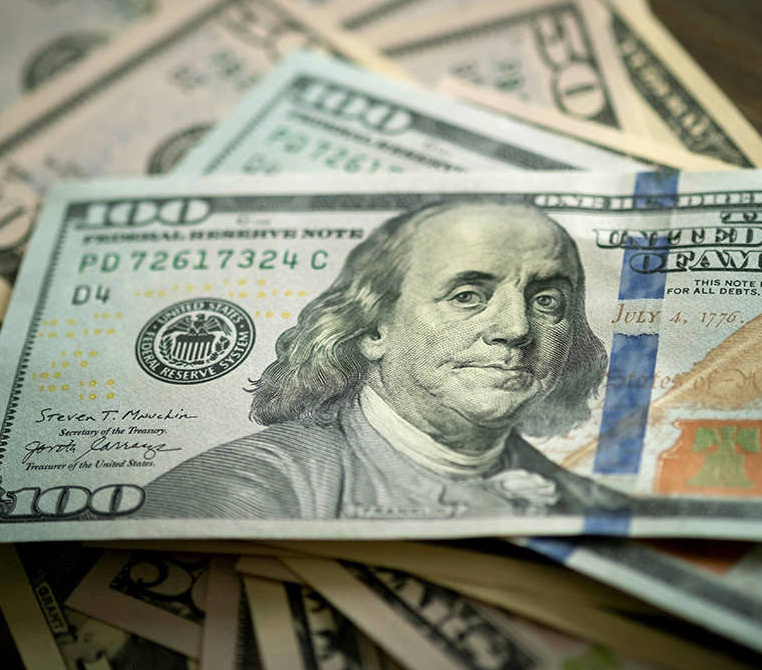You don’t have to place your ear to the ground to hear the rumble. People are saying what was once unthinkable: the United States could be headed toward a public-debt crisis. One common refrain is that the US has been behaving like an emerging market since President Donald Trump’s “Liberation Day” on April 2, when he declared a tariff war on the world.
What exactly does that mean? And what do we know from emerging markets about how debt crises happen?
Here is the cleverest definition of an emerging market: one from which you cannot emerge in an emergency. But that does not yet apply to the US, where huge and liquid markets mean you can always get out, even if you lose money in the process.
A better definition is wonkier, so bear with me. The workhorse model in macroeconomics, named after the Canadian Nobel laureate Robert Mundell and the British economist J. Marcus Fleming, predicts that after a fiscal expansion (that is, either a tax cut or an increase in government spending), the local currency should rise in value. As the government tries to borrow more, it puts upward pressure on interest rates, triggering capital flows from abroad, fueling currency appreciation.1
That is what typically happens in a developed market. But try the same formula in Argentina or in Turkey, and you will likely get different results. If the government announces a big fiscal expansion, the Argentine peso or the Turkish lira are likely to lose value, as investors bet that higher inflation will eventually be needed to erode the value of the growing public debt. They run for the exits, capital flows out of the country, and the domestic currency depreciates.
So, an emerging market is one in which doubts about debt sustainability drive the exchange rate. That is exactly what has been happening in the US. The recent enactment of Trump’s “big, beautiful bill” amounts to a big, not-so-beautiful fiscal expansion. Whatever revenue his tariffs generate will be far smaller than the combined effect of tax cuts and expenditure increases. A conservative estimate is that by 2034 Trump’s signature legislation will increase US public debt by $3.3 trillion, bringing it to 125% of GDP.
Give markets credit for getting this one right. A measure of the US dollar exchange rate computed by the Federal Reserve Bank of St. Louis began dropping in mid-January 2025, the week before Trump was sworn in, and has been on a downward trajectory ever since, pushed by Trump’s tariff madness and passage of the big, beautiful bill.
Countless emerging-market debt crises have taught us how these episodes evolve. It is as the Hemingway character said of how one goes bankrupt: gradually, then suddenly.
It begins with nasty debt dynamics. As debt mounts, so does the cost of servicing it. Interest rates must rise to induce savers to provide extra funds to the government. The larger interest burden then causes larger deficits, which mean more debt, even higher interest rates, and so on.1
That logic is at work in the US. In 2025, interest payments on the federal debt could reach $1 trillion, or 3.2% of GDP, which is more than the country spends on defense. The bill can only grow as the fiscal deficit hits 7% of GDP.
The next step, as we know from emerging markets, is a shortening of debt maturities. It was President Joe Biden’s administration that first took that step, but the Trumpistas have continued marching right to the edge of the precipice. If long-term interest rates are high, then the government borrows short. When asked recently if he would lengthen the maturity of the debt, Treasury Secretary Scott Bessent replied, “Why would we do it at these rates?”1
The danger is that an ever larger share of outstanding bonds must be rolled over every month. That is how emerging-market debt crises happen: the government holds a bond auction and no one shows up. Anticipating this risk, ratings agencies downgrade the debt – as happened to the US in May.1
The final step is the so-called doom loop: fears grow, bond prices drop, and debt holders – whether banks, insurance companies, or pension funds – begin to feel the strain. Their ability to purchase new debt is reduced, which further lowers the price of old debt, exacerbating the problem – as the United Kingdom painfully learned in 2022.
Once issuing more bonds becomes impossible, the only alternative is monetary financing of deficits, which requires the government to browbeat the central bank into submission. America is not there yet, but the scene of Trump in a hard hat scolding Jerome Powell, the flustered Fed chair, for cost overruns on a building completed five years ago suggests that the scenario is getting close. So does Trump’s recent firing of the Bureau of Labor Statistics commissioner after the BLS released unflattering employment data.
Will this lethal sequence play out in the US? The standard answer is that a run on government debt cannot happen because US debt is denominated in dollars, and the Fed can always print more dollars to bail out panicking debt holders.
But to serve as a lender of last resort, the Fed must make an ironclad commitment that it will not inflate away the value of the debt – and Trump is doing his best to erode the credibility of that promise. Recall also that the Fed is a US government agency, so Fed bailouts always rely on the fiscal backing of the Treasury. Once the Treasury is judged to have too much debt, however, its ability to back anyone, let alone the Fed, will be called into question.
One way out may be financial repression, which is a polite form of default in which the government forces bondholders to buy debt at an interest rate lower than they would voluntarily accept. That, too, has been a common emerging-market practice. Is Trump a secret Peronist? A closet Chavista? These questions no longer seem far-fetched.
Source — Project Syndicate





















leave a comment